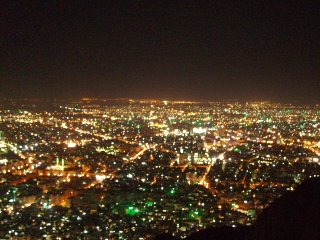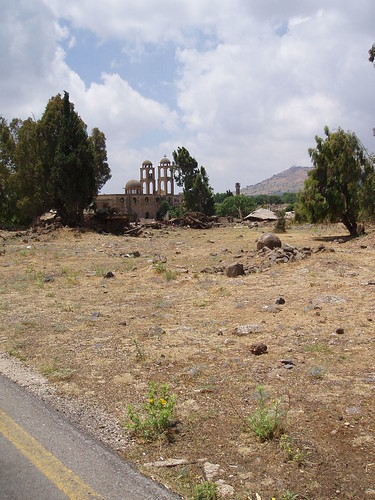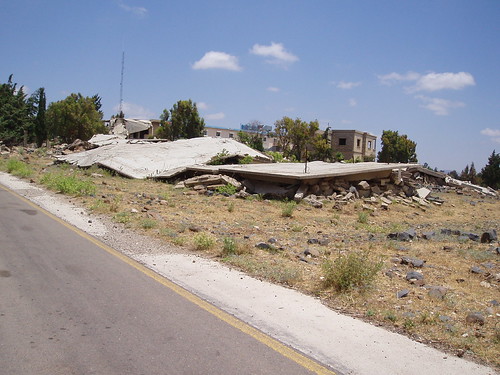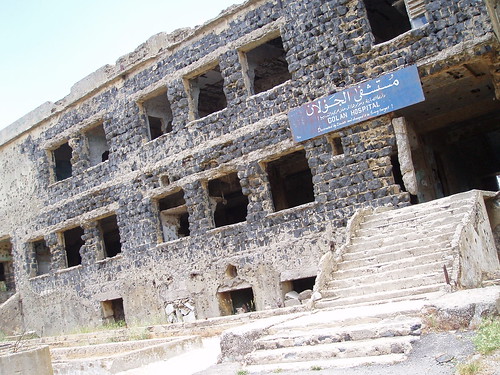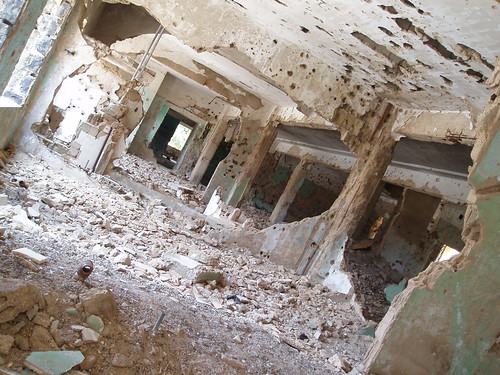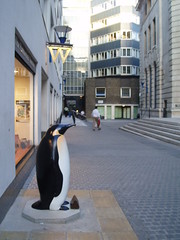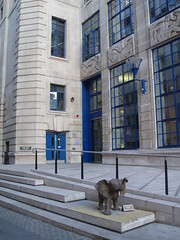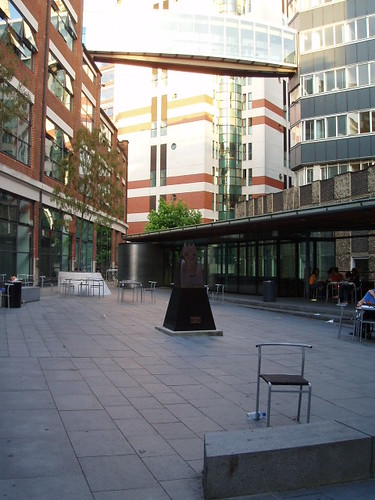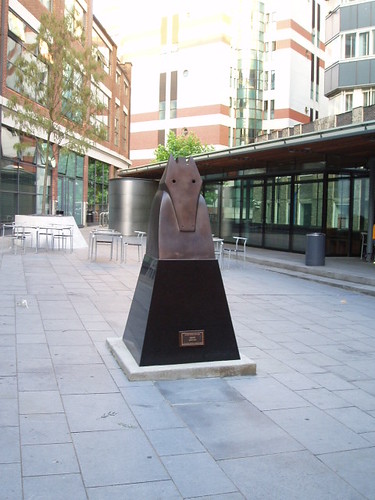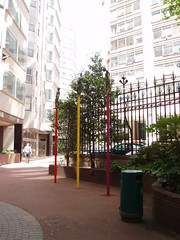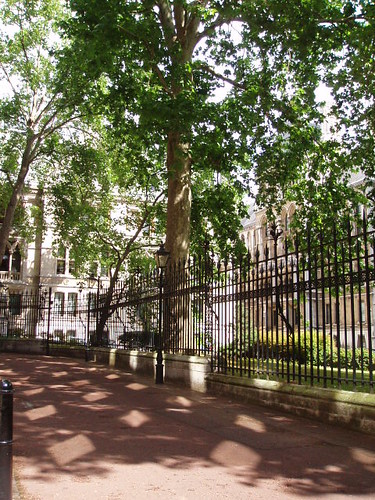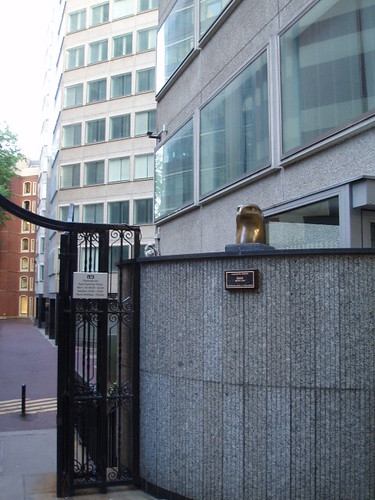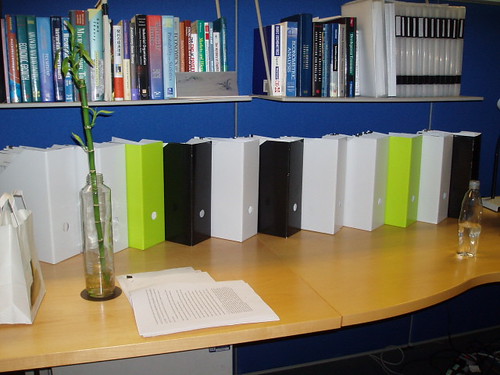Sean, a Jamaican friend of mine working in social policy evaluation in his home country (and a staunch reader of this blog), sent me an email in which he asked the following:
> Tell me, what new and interesting work has been done in economics with
> reference to good governance? I am specifically interested in what
> indicators economists have used and what findings they have obtained on the
> factors that influence the quality of governance.
Some readers of this blog might be interested in this as well. So I copy and paste my email message below:
The latest trend in development economics research on good governance is to look at micro-level objective data rather than country-level subjective data such as International Country Risk Guide, Transparency International's Corruption Perception Index, or the World Bank's Governance Indicators. (See
La Porta, Rafael, Lopez-de-Silanes, Florencio, Shleifer, Andrei and Vishny, Robert W., 1999. The Quality of Government. Journal of Law, Economics, & Organization, 15(1), 222-279.
for the comprehensive investigation in this line of research.)
Let me cite three papers.
Olken, Benjamin A., 2005, "Monitoring Corruption: Evidence from a Field Experiment in Indonesia." NBER Working Paper no.11753 (download the PDF file)
This paper was
recently featured in The Economist magazine, by the way.
The paper is about road construction in Indonesian villages. Here,
good governance means road construction without the budget siphoned
off by public officials, doesn't it? To measure the degree of
corruption by village leaders in charge of road construction projects,
Ben Olken asks engineers to dig holes in newly-built roads to measure
the quantity of materials used (sand, rocks, gravel). By obtaining the
prices of these materials, he estimated the actual expense for road
construction. Then he compared this to the reported expense by village
leaders. The difference is the degree of corruption. The author also
collects data on the actual and reported wages paid to construction
workers.
This is one major contribution of this paper - measuring corruption.
But more importantly, the author evaluated two different types of
anti-corruption measures by randomly assing these interventions across
villages. One anti-corruption measure is to send an auditor from the
independent government audit agency with probability one. The other is
to hold villagers' meeting in which village leaders must explain road
construction projects. A recent trend in the development assistance
community on anti-corruption programmes favors the second type,
doesn't it? But the result is the first type - government audit -
works better than the second.
With this piece of research, Ben Olken has become a junior fellow of
the Society of Fellows at Harvard University, which tells how ground-breaking this study is.
Another set of papers is on absenteeism:
Chaudhury, Nazmul; Hammer, Jeffrey; Kremer, Michael; Muralidharan, Karthik; and Rogers, F. Halsey, 2006. "Missing in Action: Teacher and Health Worker Absence in Developing Countries." Journal of Economic Perspectives, 20(1), 91-116. (Download the PDF file)
Banerjee, Abhijit V. and Duflo, Esther, 2006. "Addressing Absence." Journal of Economic Perspectives, 20(1), 117-132. (Download the PDF file)
I'm not sure if this is an issue in Jamaica, but, as you know, in many
developing countries teachers don't come to school to teach children
and doctors and nurses don't come to clinics to see patients. As
schools and clinics are mostly public in these countries, this is an
issue of good governance as well, isn't it?
The first paper conducted the survey for 6 developing countries in
which enumerators visit ten randomly selected schools (or health
clinics) in ten randomly selected admnistrative districts. This visit
is unannounced beforehand, and takes place twice with several month
intervals. Then whether teachers (or doctors, nurses) are present or
not is directly checked instead of interviewing the headmaster or
checking the attendance logbooks. This creates an indicator of "good
governance."
The second paper tackles how to reduce absenteeism based on, again,
randomized evaluation - a fashion in empirical development economics
these days. Effective ways to make teachers come to school turn out to
be these two:
1. Give them a camera with tamper-proof date and time function and ask
them to take a photo of himself/herself and students everyday at
opening and closing times. Based on these pictures, the number of days
each teacher actually taught is calculated and the higher their salary
is the larger the number of days they teach. What's good about this
incentive scheme is its cost-effectiveness - 6 US dollars per child
per year for an increase of over 30 percent in the number of days the
child is taught. The cost is mainly to develop films.
2. Annouce that, at the beginning of the school year, the highest
scoring female students will be awarded scholarships that cover next
two-year tuitions and expenses. This not only boosted the attendance
of female students but also that of male students AND teachers as
well. The authors speculated the reason for this as scholarships
boosted demand for good teaching from students' parents, who then
exerted pressure on teachers to come to school.
The paper also discusses failed attempts. These include
1. A similar incentive scheme as above but the headmaster, instead of
cameras, checks the attendance. The headmaster allows every teacher to
win a prize though these teachers actually didn't show up at school.
2. Giving teachers incentive payments based on test scores of
students. Although test scores actually went up, teacher's attendance
didn't change.
3. Letting local residents monitor the presence of health
professionals at clinics once a weak, on unannounced days, without any
formal reward to doctors for showing up. This didn't affect attendance
rates - a similar result to Olken's in the sense that "social capital"
doesn't seem to work.
4. Providing school meals to students coming to school. This might
increase demand for teaching from parents. But it didn't. Teachers'
absenteeism didn't change.
